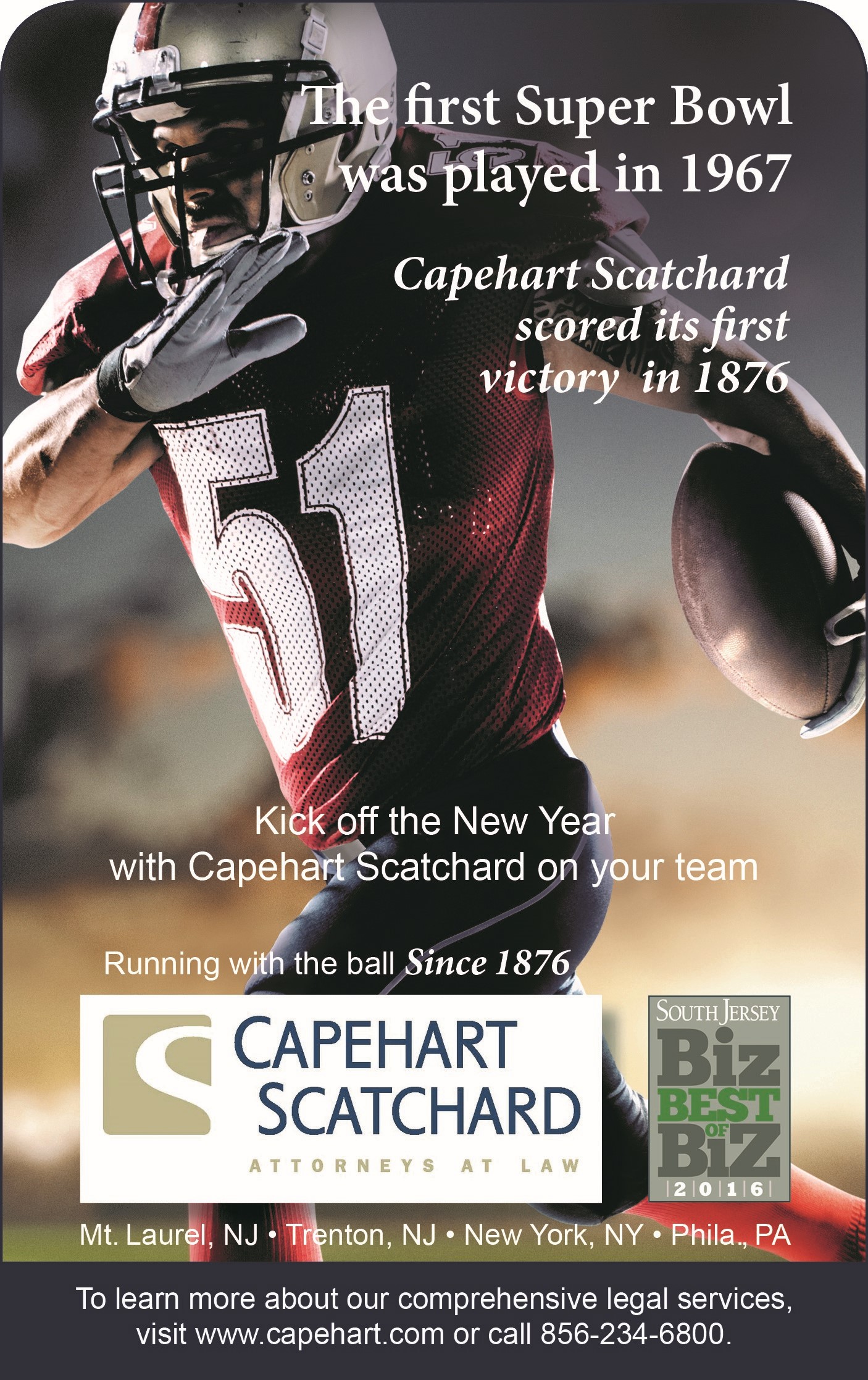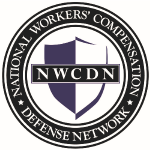Occupational Back Claim Is Held To Be Time Barred And Alleged Subsequent Work Injury Is Defeated By Medical Records Showing An Injury At Home Immediately Prior To Cessation Of Work
James Graf worked from 1982 to December 2002 refinishing wood floors. He had a physical job. He operated a 230-pound sander, a 50-pound edging machine, and a radiator sander. He would remove pieces of heavy equipment from his employer’s van and carry the equipment up the stairs to the work location. He also stained sanded floors moving around on his hands and knees.
Graf worked for S&A Wood Floors, Inc. from July 1, 1998 until July 15, 1999 and brought an occupational claim alleging injuries to his low back. He said this condition manifested in July 1999. He was treated by a chiropractor from July to September 1999 and then had one visit in December 1999. Graf said that his chiropractors told him he had “disc problems, back problems.” He continued to work during his period of chiropractic treatment and his employment continued later for another company.
Graf next worked for Mitchell Park Flooring from October 1999 through December 22, 2002. He said that he was lifting a heavy machine out of a Mitchell van on December 6, 2002 when he felt sharp pain in his lower back. The pain subsided after a few minutes and he worked the rest of the day. Two days later he was assisting his wife in getting Christmas decorations from the attic. He was bending to place some decorations on the floor near the ladder he was standing on when he felt sharp pain in his back. He had to take bed rest at that time. He woke up the next day in severe pain and was only able to perform light-duty work for a day. He was never able to do flooring work again.
In June 2003 Graf underwent back surgery consisting of a laminectomy. In October 2004 he underwent a spinal fusion surgery. There was no question that Graf had a serious back condition and extensive permanent loss of function. The issues in the case were causation and the statute of limitations.
The trial involved testimony from petitioner, Dr. Arthur Tiger, an orthopedic expert for petitioner, and Dr. Malcolm Coblentz, a general surgeon for respondent. Dr. Tiger testified that the December 8, 2002 incident was the “straw that broke the camel’s back.” He attributed the back problem, however, to petitioner’s work duties and the alleged incident on December 6, 2002. Dr. Coblentz testified that the petitioner’s low back condition arose from the home incident and not from work.
The Judge of Compensation, the Honorable Jill Fader, first ruled that the occupational claim against S&A was time barred under N.J.S.A. 34:15-34 and 51. The Appellate Division affirmed this ruling noting that “Graf knew the nature and extent of his claimed disability, and that it was work related, no later than December 1999, when he last sought treatment from his chiropractor. Accordingly, the statute of limitations had expired when he filed the claim against S&A in December 2004.” Under the statute, a claimant has two years to file an occupational disease claim from when the claimant knows the medical condition and its relationship to work.
Graf argued that the statute of limitations should not run until a petitioner knows the condition is compensable. The court found no merit in this argument. Graf also argued that continued exposure “tolls” or stops the statute of limitations. In other words, he argued that he should have two years from when he stopped working in December 2002 to file his occupational claim. The court said there was no tolling in this case because “Graf was diagnosed by the chiropractors with ‘disc problems, back problems,’ which Graf asserted were caused by the nature of his work. He believed in 1999 that his disability was work-related.” The key medical record in this case showing knowledge by petitioner of his condition and its work-relatedness came from Pascack Valley Hospital for July 23, 1999:
[He was] moving a sanding machine that he was able to lift it up to the second floor. When he went home, he started having pain to the low back area. The patient states the pain is localized and does not go down his legs or to his abdominal area. The patient states that he went and saw a chiropractor on Monday, Tuesday and Wednesday. States that he was in bed on Thursday. States that it did not get much better. The patient states he took Advil 600 milligrams every six hours.
On the claim against Mitchell Park Flooring, the judge of compensation noted that there was no testimony of functional loss until after the incident at home on December 8, 2002. The judge ruled that petitioner did not demonstrate persuasive evidence of a primary injury to the back at work prior to the home incident retrieving items from his attic.
There were two key items of evidence in the case against Mitchell Park Flooring. The first was the admission history of December 23, 2002. “Patient complains of one week history of low back pain, non-radiating; no response to over-the-counter Motrin; no recent trauma, although Petitioner did lift heavy boxes. Accident at home, lifting injury. There is no history of previous back problems.” Another key item of evidence was petitioner’s application for temporary disability benefits from the State of New Jersey: “moving boxes from my attic I threw my back out very bad and cannot work as a result.” Based on all this evidence, the judge of compensation found respondent’s expert to be more credible in stating that there was no proof of a work-related work injury at Mitchell.
The Appellate Division affirmed the ruling of the judge of compensation, dismissing this case as well. This decision shows how important it is to get the medical records for treatment close in time to the alleged injury as well as State TDB applications. Memories inevitably cloud over time, but contemporaneous records speak for themselves. Expert testimony is important, but most importantly it must be consistent with the history and findings in the medical records themselves.
This case can be found at Graf v. Mitchell Park Flooring and S&A Wood Floors, Inc., A-1775-10T1 (App. Div. December 19, 2011).








Connect with Capehart Scatchard